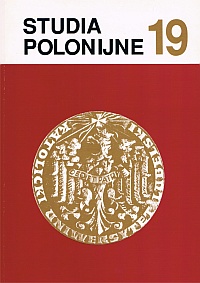The Presence of Capuchins in Latvia
Main Article Content
Abstract
The regeneration of the Church in Latvia copes with obstacles, due to the shortage of priests and the economic crisis. The latter makes people struggle for the means of maintenance. The orders which undertake their apostolic work anew play an essential role in the regeneration of religiousness. The capuchin friars came to Latvia in 1929 from Bavaria and experienced their prime in the interwar period. During the Soviet occupation they endured persecution together with the whole Church from the communist authorities. In 1949 the monasteries in Riga and Vilaka were closed, and the monks were expelled or arrested. After liberation they worked in Estonia and Kazachstan. When Latvia gained independence in 1991 there were still three capuchins there within the framework of the Commissariat of Latvia and Estonia. FrAndrzej Pavlovskis was the superior and organizer of the community life.
The cooperation with the Warsaw Province of Capuchins bore concrete fruit. Accordingly, several friars were sent to Latvia and took the posts in Riga, Vilaka and Olajne. For a couple of years some candidates from Latvia have been gaining religious formation in Poland. The organizational changes, consisting in including the Latvian Commissariat into the Warsaw Province, make the apostolic ventures of capuchins in Latvia more intensive. Thus we hope that the Franciscan charisma will develop in this country.

